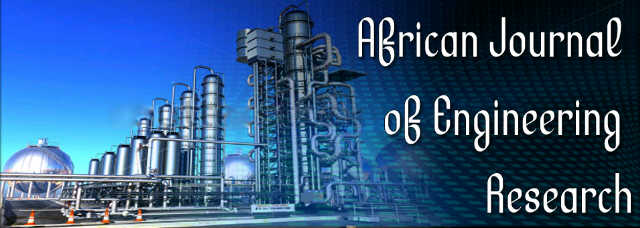The environmental sustainability of Maputo self-produced settlements: The case of George Dimitrov Neighbourhood
SALAMAGY, Hazrat Bilale Isidro Ismael and ALVES, Fernando BrandãoAfrican Journal of Engineering Research
Published: October 15 2019
Volume 7, Issue 4
Pages 94-111
DOI: https://doi.org/10.30918/AJER.74.19.031
Abstract
Urban environmental sustainability is currently essential to ensure a healthy society, especially in the Self-Produced Neighbourhoods (SPN), since poverty and urbanization embody their environmental problems. However, considering that the temporal construction of the SPN sets up urban tissues linked to cultural and social values of its residents, this research aims to analyse the possibility of requalifying the Maputo SPN taking advantage of the existing one in order to reach its environmental sustainability. For this purpose, a literature review of specialty and George Dimitrov Neighbourhood (GDN) in Maputo were used as a case study to understand and discuss the research question. As a result, it was found that, despite the apparent disorder of the urban tissue of the neighbourhood, GND shows a considerable morphological and social potential that can be taken advantage of in their environmental requalification. Moreover, it has been found that poverty and the scarcity or lack of adequate technical knowledge in the neighbourhood’s self-construction is the main environmental problems detected. In this point of view, it was concluded that, it is possible to requalify environmentally Maputo SPN taking advantage of existing conditions. To this end, urban public policies must, in addition to effectively taking up the urgency of SPN environmental issues in their interventions, create sustainable solutions that understand the cultural and socioeconomic logics that guide self-construction and, thus, integrate strategically in this process.
Keywords: Environmental sustainability, requalification, self-produced settlements, self-produced neighbourhoods, Maputo city, George Dimitrov neighbourhood.
Full Text PDFThis article is published under the terms of the Creative Commons Attribution License 4.0

